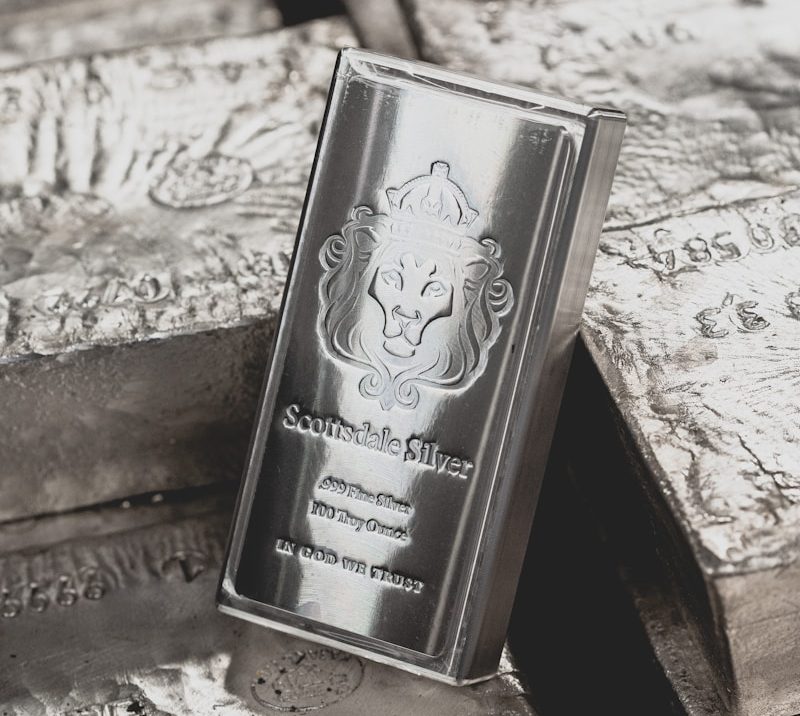Silver prices spiked to $36.50 on Tuesday amid increasing demand for safe-haven assets. Renewed concerns about tariffs have dampened investors’ optimism in the markets. President Trump commented on the lack of progress in trade talks with Japan.
Treasury Secretary Scott Bessent also threatened to introduce tariffs on July 9. These developments have revived worries about the global trade outlook, impacting investors’ risk appetite. XAG/USD is currently hesitating above a key support level at $35.40.
The pair attempted to break higher, supported by the demand for safe assets, but is struggling to consolidate above Monday’s high of $36.25. The 4-hour RSI is wavering around the 50 level, which divides bullish from bearish territory. From a broader perspective, silver is trading within the range of the past three weeks, between $35.40 and $37.35, consolidating gains after rallying over 10% from its early May lows.
Doji candles on the daily chart emphasize the market’s hesitation at current levels. A break below the $35.40 level would confirm a bearish Head & Shoulders pattern, increasing pressure towards $34.10 (June 4 low).
Silver spikes amid tariff concerns
The pattern’s measured target is at $33.43. Silver is a precious metal that is widely traded among investors. It has historically been used as a store of value and a medium of exchange.
Traders may turn to silver to diversify their investment portfolios due to its intrinsic value or as a potential hedge during high-inflation periods. Investors can purchase physical silver in the form of coins or bars, or trade it through vehicles such as Exchange-Traded Funds (ETFs), which track its price on international markets. Various factors, including geopolitical instability, fears of a deep recession, interest rates, and the behavior of the US dollar, can influence Silver prices.
A strong dollar tends to keep silver prices in check, while a weaker dollar is likely to propel prices upward. Other factors such as investment demand, mining supply, and recycling rates can also affect prices. Silver is widely used in industry, particularly in sectors such as electronics and solar energy, due to its high electrical conductivity.
Silver prices tend to follow the movements of gold. When gold prices rise, silver typically follows suit, due to its similar status as a safe-haven asset. The Gold/Silver ratio can help determine the relative valuation between the two metals.







